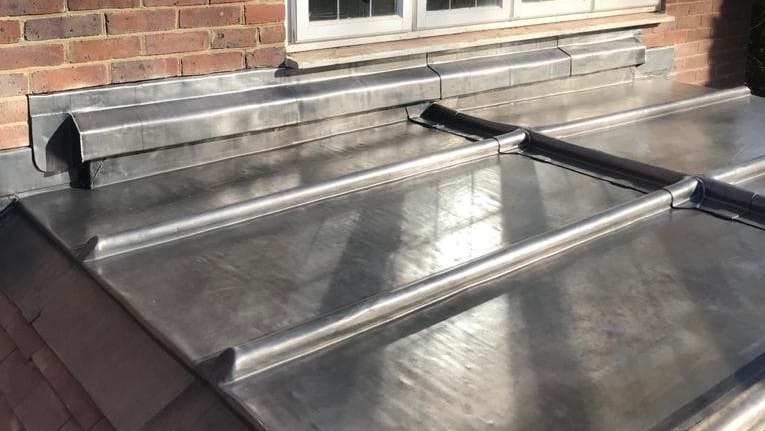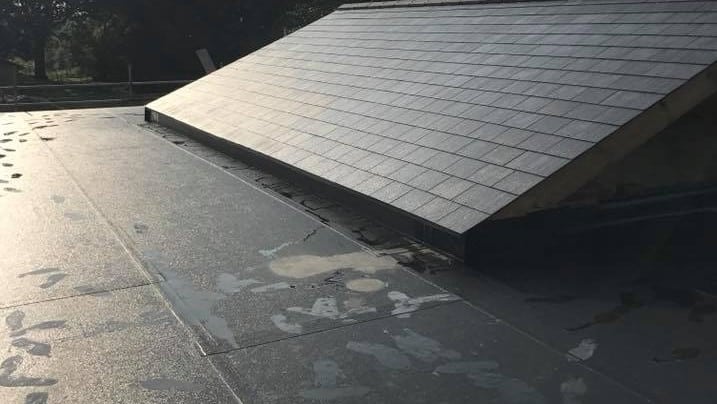Flat roofs are a roof which is either nearly totally flat or has a very small slope or gradient. Having this run slope is important to ensure rainwater can run off and not settle on the roof. More often than not flat roofs are put in place for smaller roof spans such as extensions and less likely nowadays to be used for entire roofs or roofing projects. Flat roofs do have a reputation for not lasting as long as pitched roofs.
Flat Roofing
Do you have any questions?
Contact us at Maiva Rooing today to book a free, no obligation roofing consultation.
Contact UsLead roofing
Lead roofing for flat roofs uses one of the oldest of materials in the roofing sector – lead, a really common and well-liked choice in the roofing trade. Lead roofing in flat roofs is popular due to the durability, reliability of lead.
Rubber roofing
Rubber roofing can cope with high winds, heavy rain and even hail up – it’s heavy duty standing up to the elements. Rubber roofs installed over 40yrs ago are still going strong today which makes it a strong choice if you’re looking for longevity. Rubber roofs also benefit from being water resident and being cheap to repair if there is an issue.
Fibreglass roofing
Fibreglass roofing or GRP flat roofing, using it’s more trade referred name, is hugely popular as a flat roof choice. Fibreglass roofing is a composite material created through strengthening plastic with glass.
Felt roofing
Felt roofing, is a material used to line the roof and the final layer of roofing material. Felt roofs gain additional protection from the rain, wind, hail and snow. Most felts are guaranteed between 10-20 years and are one of the most cost-effective options for flat roofs.
Singleply roofing
Singleply roofing is defined as roofing using sheets of compounded plastic to cover and protect flat and low-sloped buildings. Singleply roofing created a great benefit due to their strength, flexibility, and high durability.
In flat roofing there are a few types to be aware of:
- Cold roof
- Warm roof
- Inverted roof
Flat roofs would commonly be covered in a single ply sheet but historically it was common for bitumen felt to be used in covering flat roofs.
When flat roofs have problems they typically occur due to rainwater causing moisture to get in. The tell tail sign for flat roofs issues can be seen on the ceiling so look up and you’ll know there’s moisture coming in! The water that hits the flat roofs, despite a modest gradient, is more likely to cover the roofs in its entirety and if there is a weakness there somewhere the water finds a way of creeping in.
There are many underlying reasons why flat roofs fail. These include; poor design of the roof itself meaning that water settles and doesn’t run off, if the building moves over time you can find this breaks parts of the roofs covering exposing it to water, too many layers or not enough to ensure ventilation, other elements associated with the roof such as verges or kerbs can cause issues, as well as pipes, vents etc cracking the flat roof.
The slightest crack or defect can cause huge problems if left unchecked so it’s highly recommended to get your flat roof checked on a regular basis.





